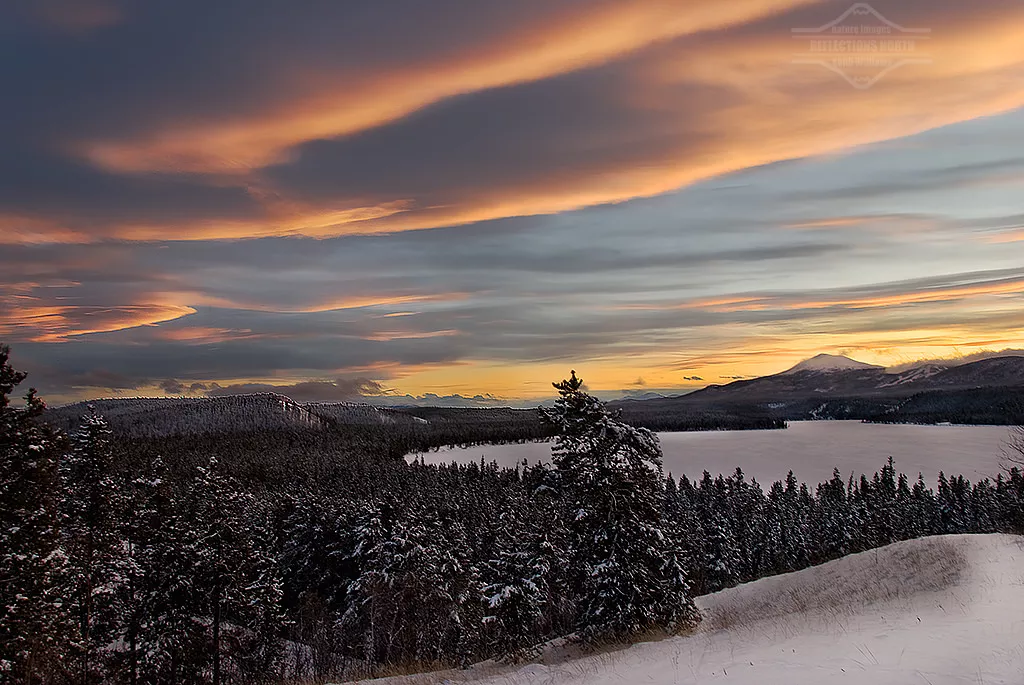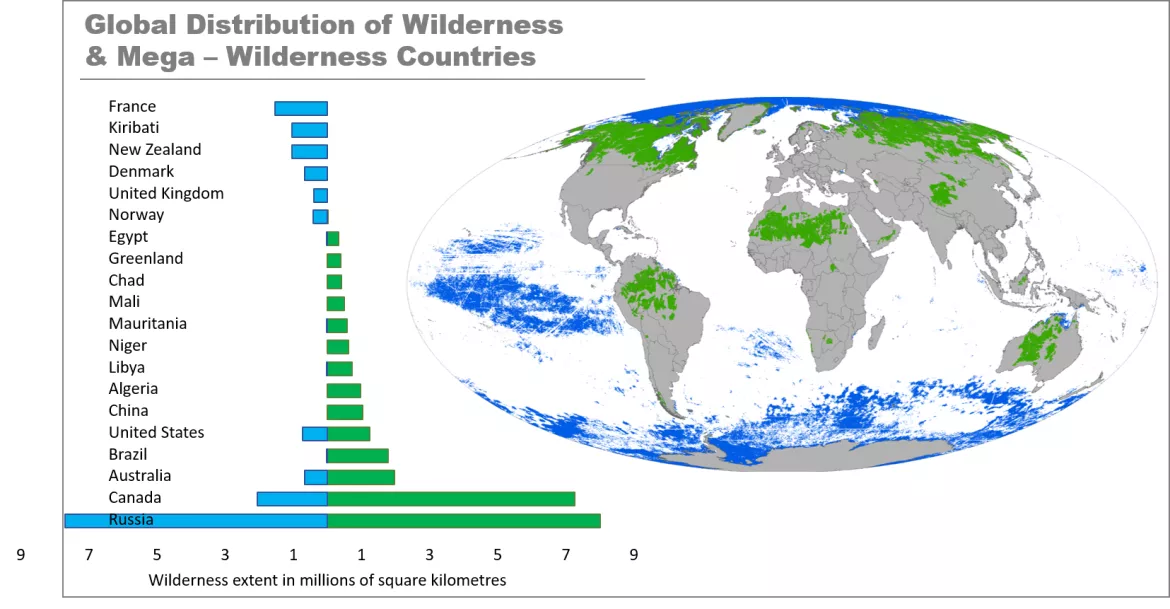World’s last wilderness may vanish, according to study co-authored by UNBC researcher

The world’s last wilderness areas are rapidly disappearing, with explicit international conservation targets critically needed, according to an international team of scientists.
The team recently mapped intact ocean ecosystems, complementing a 2016 project charting remaining terrestrial wilderness.
Associate Professor Dr. Oscar Venter, co-author on the study based at the University of Northern British Columbia, said the two studies provided the first full global picture of how little wilderness remains, and he was alarmed at the results.

“A century ago, only 15 per cent of the Earth’s surface was used by humans to grow crops and raise livestock,” he said. “Today, more than 77 per cent of land – excluding Antarctica – and 87 per cent of the ocean has been modified by the direct effects of human activities.
“It might be hard to believe, but between 1993 and 2009, an area of terrestrial wilderness larger than India — a staggering 3.3 million square kilometres — was lost to human settlement, farming, mining and other pressures.
“And in the ocean, the only regions that are free of industrial fishing, pollution and shipping are almost completely confined to the polar regions.”
Professor James Watson, the study’s lead author, said the world’s remaining wilderness could only be protected if its importance was recognized in international policy.
“Some wilderness areas are protected under national legislation, but in most nations, these areas are not formally defined, mapped or protected,” he said.
“There is nothing to hold nations, industry, society or communities to account for long-term conservation.
“We need the immediate establishment of bold wilderness targets — specifically those aimed at conserving biodiversity, avoiding dangerous climate change and achieving sustainable development.”
The researchers insist that global policy needs to be translated into local action.
“Canada is at the coal-face of this issue, as we have more wilderness remaining than any other country except Russia. One obvious intervention is to prioritize establishing protected areas in ways that would slow the impacts of industrial activity on the larger landscape or seascape in Canada,” Dr. Venter said.
“But we must also stop industrial development to protect indigenous livelihoods, create mechanisms that enable the private sector to protect wilderness, and push the expansion of regional fisheries management organizations.
“We have lost so much already, so we must grasp this opportunity to secure the last remaining wilderness before it disappears forever.”
The article has been published in Nature, https://www.nature.com/articles/d41586-018-07183-6